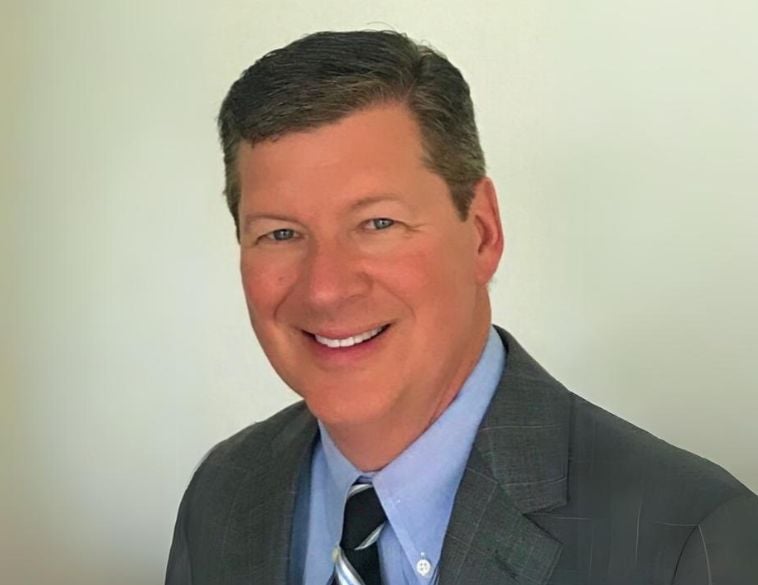In the second installment of our Estimate series, we take a look at how repair planning and understanding vehicle construction are critical for getting things right.
At CSN Collision Chatham in Chatham, Ont., Co-owner Ryan Johnson points out that when it comes to estimates, every recent Toyota on the road must have a seat calibration after a collision—the estimator needs to know that and a hundred such things.
No warning light
There’s no warning light to indicate that the seat and airbags are not in sync, so the estimator has to allow for the tech to get that done.
During the period of “learning the trade” a new estimator will work with a more senior estimator and then especially work closely with the techs. “Repair planning” is an art that is critical and creates accurate estimates, but it takes time and know-how. Accessing ALLDATA is a must, but of course that costs money as well—some shops choose to skip that but shouldn’t, says Johnson.
New manufacturing materials spell complications for the estimate. A composite or aluminum body component requires additional time at a potentially different rate than conventional steel. The estimate has to allow for these extras, and the software aids in this process.
As the pace of technology advancement in automobiles accelerates, Mitchell and other providers are called upon to stay current and complete. They make their systems available to training facilities, so that estimators can arrive at employers with a thorough knowledge of the process.
Getting everything into the estimate is the goal and there are systems to assist, but it is the estimator whose training is the key to make the process unfold precisely.
Right and complete
A two-dollar clip can stop a car in for a $10,000 repair from leaving the shop just as dramatically as a missing hood or bumper cover. At Johnson’s shop, the estimators are trained to be sure they have it right and complete. “If that means sending the customer out in a rental while the tech breaks down the car to determine exactly what needs to be done, so be it,” Johnson says.
In the long run, getting the estimate right reduces touch time and cycle time. That will make insurance companies and customers happy in the end, but in the meantime they have to have it explained that they don’t really want a quickie estimate because it won’t be quicker if the repair requires supplemental estimates and waits for parts of post scanning repairs.
“We prefer to dissuade owners from requesting a quick estimate unless it’s just a door scratch,” Johnson states flatly, noting that new customers who understand the complexity of today’s vehicles get that. But some don’t because they don’t understand that body repairs impact everything in the car and you cannot leave it to chance or comebacks. That’s where the estimator comes into the process, part software nerd, part car body tech, and part diplomat. There’s a lot of training that goes into making a good one.



